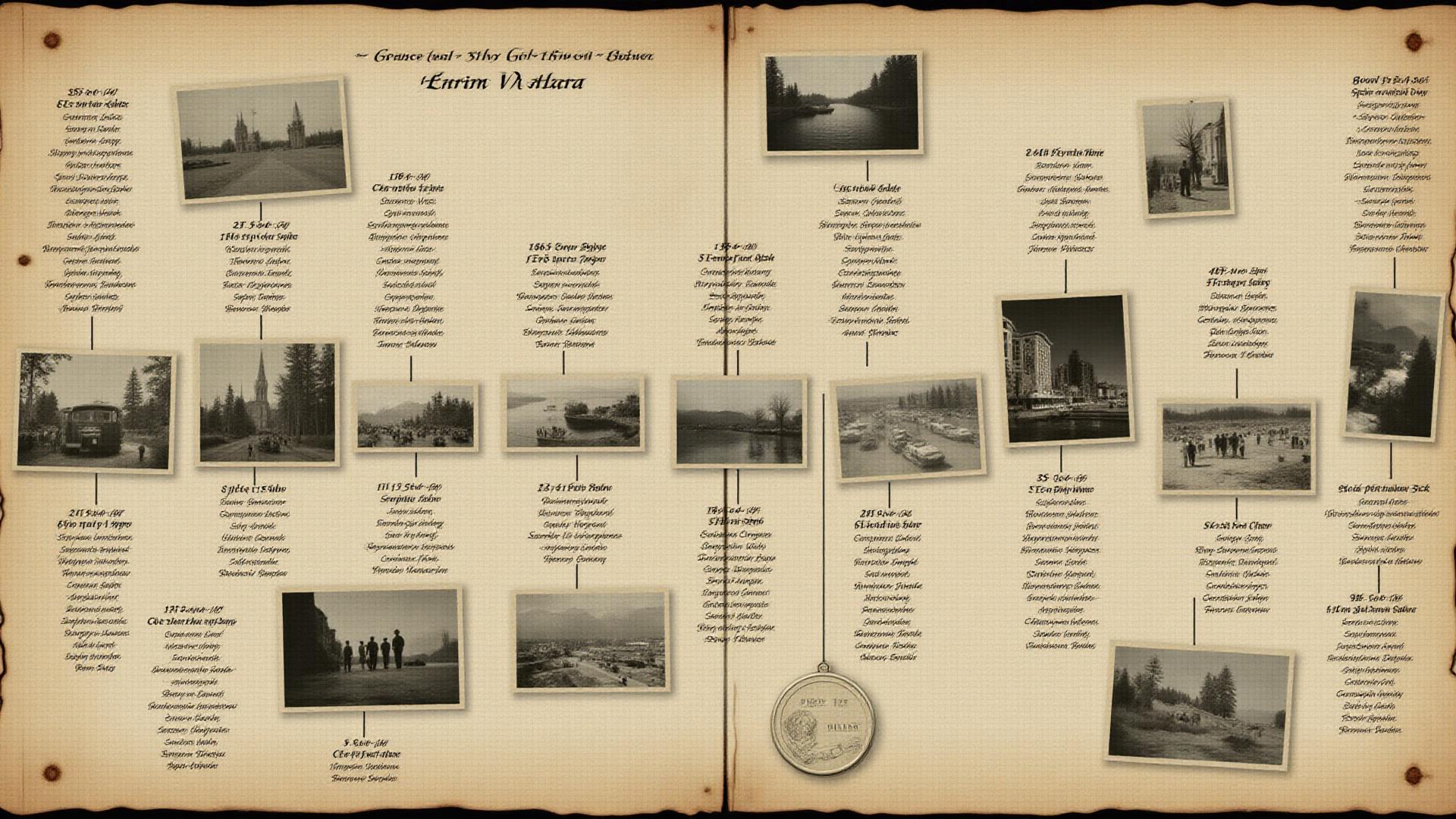Below is a curated timeline of the essential milestones in the Klondike Gold Rush era, documenting the dramatic events that unfolded between 1896 and 1899.
August 16, 1896
Gold discovered by Carmack, Skookum Jim, and Tagish Charlie on Bonanza Creek (then Rabbit Creek)
August 17, 1896
Some sources record this as the official date of discovery
Late 1896 – early 1897
News travels up the Yukon Valley; claims registered; early miners leave smaller fields (Fortymile, Sixtymile)
July 1897
First major gold shipments arrive in Seattle (via Excelsior, etc.), triggering mass public interest and media coverage
Summer 1897
Stampede intensifies as thousands depart via Dyea / Skagway, traverse the Chilkoot or White Pass trails
Winter 1897–98
Harsh weather, frozen rivers, starvation risk, and fatalities mount along the trails
1898
Dawson City booms. Fires, disease, and infrastructure strain the settlement. Telegraph lines and early stages of White Pass & Yukon railway begin
Late 1898
New gold discoveries (e.g. Atlin) divert attention. Many arrivals find no workable claims
Summer 1899
Major discovery at Nome, Alaska triggers mass exodus. Many leave the Klondike region
1899 & after
The rush fades. Gold production continues (peaking ~1900/1903) via mechanized mining, dredging, and hydraulic methods
Understanding the Timeline
This timeline reveals the compressed nature of the Klondike Gold Rush. From discovery to decline, the entire phenomenon lasted barely three years, yet its impact echoed across North America and shaped the destiny of the Yukon Territory.
The critical period was remarkably brief: news broke in July 1897, the mass stampede occurred through winter 1897-98, and by summer 1899 the exodus had already begun. This rapid rise and fall makes the Klondike unique among gold rushes.
